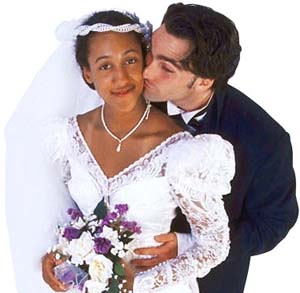|
Intermix.org.uk is a website for the benefit
of mixed-race families, individuals and anyone who feels they have a multiracial
identity and want to join us. Our mission is to offer a view of the mixed-race experience, highlighting icons, film, books, poetry, parenting techniques, celebrities, real lives and much more. Our online forums are a great place to meet others, ask questions, voice your opinions and keep in touch. Sign up for our monthly newsletter and delve into our pages. Want to join in? Become an Intermix member to take part: |
The Fletcher Report
Jay Mukoro

How one woman set the tone for how Liverpool’s mixed black families came to be seen and understood across the City and beyond for generations.
In June 1930 a social worker called Muriel Fletcher published a report, officially titled: ‘An Investigation into the Colour Problem in Liverpool and other ports’. For Liverpool’s mixed black population the report’s findings were incendiary. Her conclusions triggered a wave
of anger and a sense of betrayal, which have rippled down the decades.
So who was Muriel Fletcher? Muriel graduated from the University of Liverpool’s newly established School of Social Science in 1928. Shortly after leaving, she was commissioned to research and write a “scientific” report on the plight of Liverpool’s mixed race children –in the city’s South End area (Liverpool 8). What became know as ‘The Fletcher Report’ was sponsored by the Liverpool branch of the Association for the Welfare of Half-Caste Children.
One of the reason that Muriel Fletcher might have been commissioned to do this piece of work was because of the Racial Riots of 1919. They started in the North East and quickly spread to Liverpool. Professor Jacqueline Jenkinson points out in her book ‘Black 1919’, that ‘the rioting in Liverpool…was more ferocious and sustained than at any other seaports…dozens of people were arrested; a young African-Caribbean, Charles Wootton, was killed…and more than 700 black people were temporarily forced to leave their homes’. One of the crucial social causes for this ferocity was sexual relationships between black men and white women.
Professor Mark Christian who is Liverpudlian, and from a mixed black background told the programme that ‘Muriel did her research for 2 years. She was welcomed into peoples’ homes to collect the information for her report. She would spend time talking to the mothers and observing the children.’ However, as Professor Christian points out, ‘her conclusions painted a portrait of black and white relationships as being a social evil that had to be eliminated for the moral good of society.’
Muriel Fletcher presented mixed families as dysfunctional, she said ‘there is little harmony between the parents, the coloured men in general despise the women with whom they consort, and the women have little affection for the men. They regret their union and stay with him for the sake of the children.’ It was these kinds of sentiments, peppered throughout her report, which fuelled a sense of betrayal, as many of the families Fletcher visited thought she could be trusted to present a fair and even-handed portrait of their family’s lives.
As Professor Christian points out in his paper ‘The Fletcher Report 1930: A Historical Case Study Contested’, ‘Muriel claimed there was scientific rigour to her findings – this was nonsense.’
But the damage had been done and ‘The Fletcher Report’ set the tone for how Liverpool’s mixed black families came to be seen and understood across the City and beyond for generations.
Click here to talk about the Mixed-Race Season on our forums:
:
